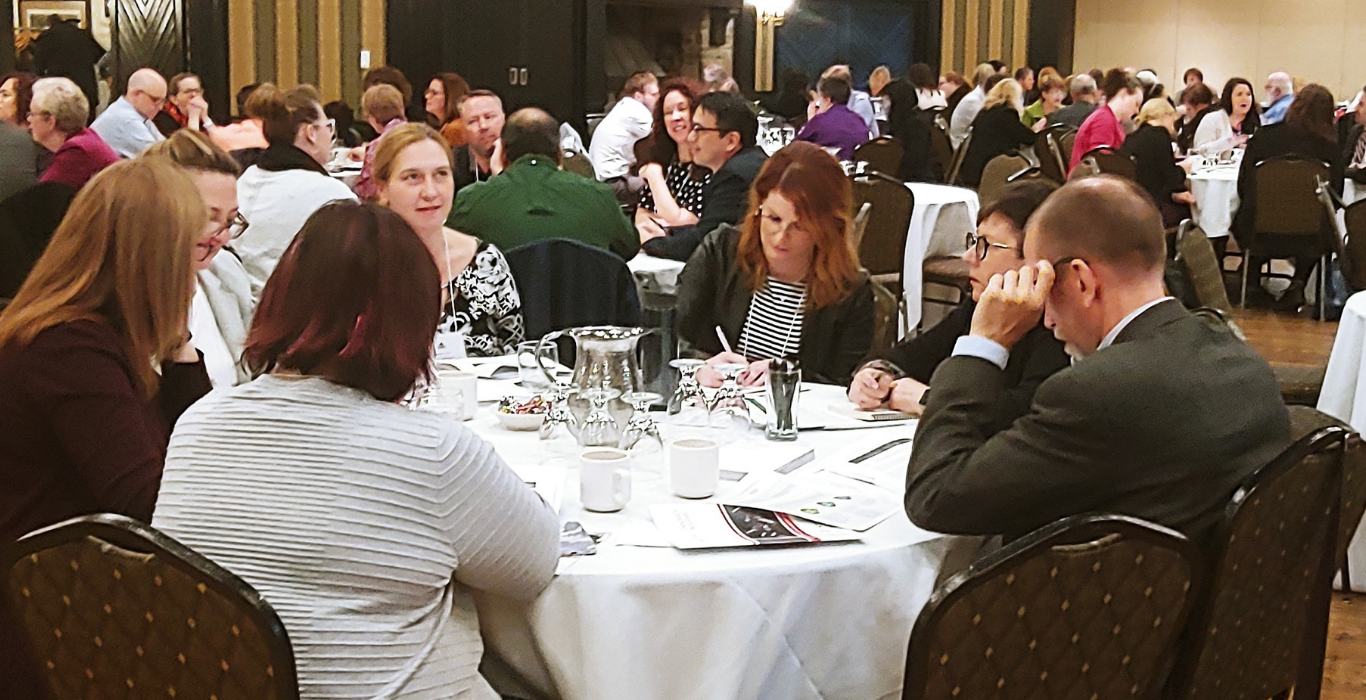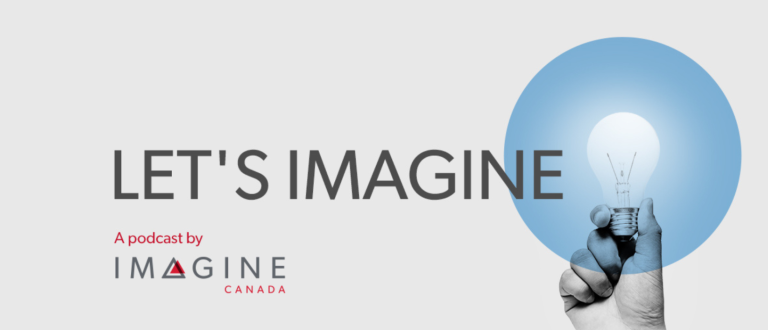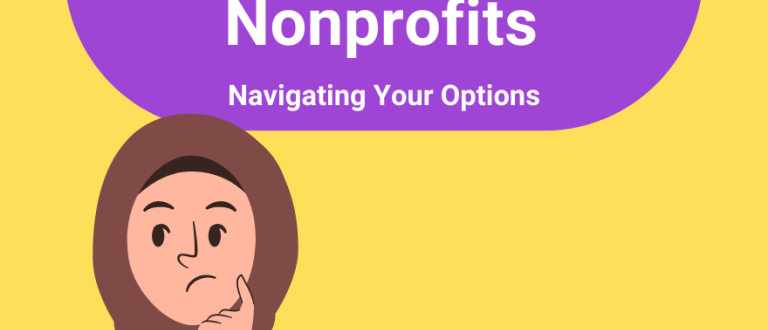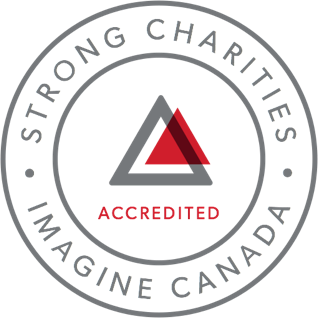Accountability is paramount to nonprofit leaders and good practice supports this, regardless of the size of the organization.
Summit Toronto, hosted at Old Mill on May 2nd, 2019, was my first Imagine Canada conference. The consultation about proposed changes to their nationwide Standards Program attracted my interest, particularly in the areas of board governance and staff management, and I was interested to witness charity and nonprofit leaders debate these topics.
I was curious based on my experience of having worked at two large, national nonprofit organizations and as a current Board member at Family Councils Ontario, a small but mighty organization. Earlier this year, I had heard David Lasby, Imagine Canada’s Director of Research and Evaluation, guest lecture at the University of Toronto where I am an MEd student and noted his emphasis on capacity building.
After coffee was poured and informal introductions were made around our table, I wondered if and how this diverse group of people could cast a collective vote on the proposed changes we were asked to review. But it went surprisingly smoothly. These were leaders in their field—committed to the wellbeing of the sector, genuinely interested in multiple perspectives, and experienced in the running of charities and nonprofits.
Mission in Action
Discussions around two proposed changes, in particular, highlighted the willingness of these leaders to apply best practices in support of their organization’s mission.
Discussions on Standard A2 – Strategic planning, measuring progress, and communicating results surfaced viewpoints about an organization’s size relative to its required level of accountability and stakeholder engagement. The Standards Council’s proposed change is for smaller Level 1 organizations to have a strategic plan in place, and for Level 2 and 3 organizations to have a board-approved strategic plan, as well as a process to evaluate progress in achieving the plan’s priorities.
People at our table represented organizations of all sizes; that is Level 1, 2 and 3 using the Standards Program levels. As the group debated the proposed standards for different sizes of organizations, the significance of accountability and transparency quickly trumped an organization’s size. The most persuasive perspective offered was that it is a “disservice to smaller organizations” not to work toward a higher standard, particularly when it could be of benefit to organizations receiving government funding. The table concluded the standard could be taken a step further: that all organizations work to the most rigorous standard (that required of Level 3), which includes publicly stated goals and progress. In very practical terms, even those representing smaller organizations agreed an annual report posted on their website is not only feasible, but important.
Another discussion around Standard A6 – Succession planning for the most senior staff person took a similar turn. The group felt that, in fact, the smallest organizations may be at the greatest risk without a succession plan and should therefore work toward the more rigorous Level 2 and 3 standards. The suggestion of a succession template to support this standard was recommended in order to spare organizations the onerous task of starting from scratch and to help put a plan in place quickly.
Of course, there is a great deal of difference between striving to meet the highest levels of operational excellence, and requiring those stricter guidelines as a requirement of accreditation. The logic behind the Standards Program three levels is to balance the realities of organizational capacity with the goals of excellence and transparency.
Above are just two examples of how thoughtful discussion led to practical suggestions to support sector-wide excellence. Woven across the day’s discussions was the importance of empathic listening to understand the point of view of many stakeholders – both internal and external – and to incorporate these in future initiatives to drive sustainable innovation, which is exactly the kind of listening and sharing I witnessed at the conference.
I look forward to the outcome of the Canada-wide consultation. It promises to be intelligent and well considered.



